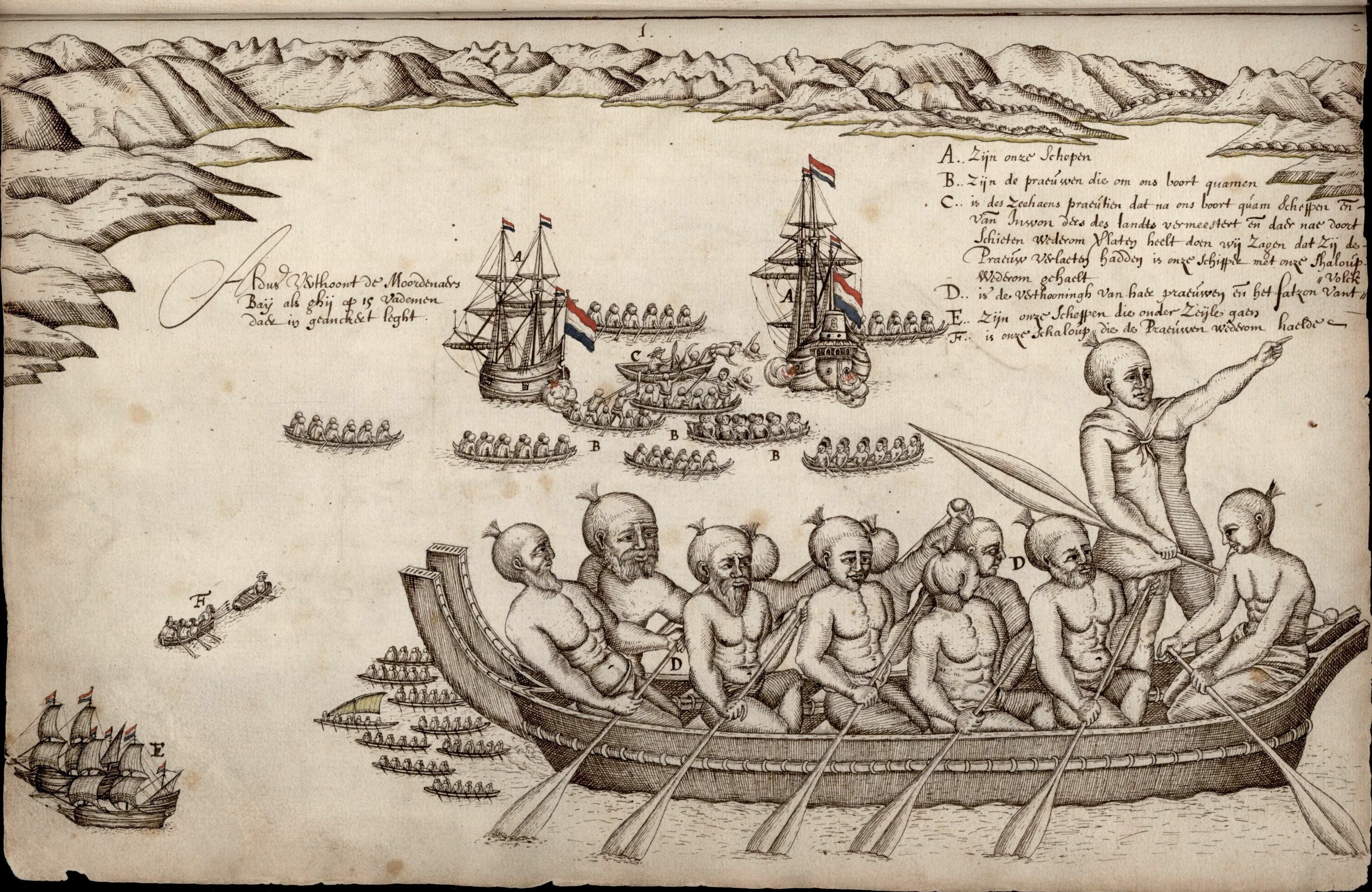|
Hineahuone
Hineahuone ("Earth made Woman") is the first woman in Māori Mythology made by Tāne from the clay native to the mythological location of Kurawaka. She bore a child with Tāne In Māori mythology, Tāne (also called Tāne-mahuta, Tāne-nui-a-Rangi, Tāne-te-waiora and several other names) is the god of forests and of birds, and the son of Rangi and Papa, Ranginui and Rangi and Papa, Papatūānuku, the sky father and th ... named Hinetītama (otherwise known as Hinenui-i-te-pō). {{Māori References Māori mythology Women in mythology ... [...More Info...] [...Related Items...] OR: [Wikipedia] [Google] [Baidu] |
Māori Mythology
Māori mythology and Māori traditions are two major categories into which the remote oral history of New Zealand's Māori people, Māori may be divided. Māori myths concern tales of supernatural events relating to the origins of what was the observable world for the pre-European Māori, often involving gods and demigods. Māori tradition concerns more folkloric legends often involving historical or semi-historical forebears. Both categories merge in to explain the overall origin of the Māori and their connections to the world which they lived in. The Māori did not have a writing system before European contact, beginning in 1769, therefore they relied on oral retellings and recitations memorised from generation to generation. The three forms of expression prominent in Māori and Polynesian oral literature are genealogical recital, poetry, and narrative prose. Experts in these subjects were broadly known as . The rituals, beliefs, and general worldview of Māori society were ... [...More Info...] [...Related Items...] OR: [Wikipedia] [Google] [Baidu] |
Tāne
In Māori mythology, Tāne (also called Tāne-mahuta, Tāne-nui-a-Rangi, Tāne-te-waiora and several other names) is the god of forests and of birds, and the son of Rangi and Papa, Ranginui and Rangi and Papa, Papatūānuku, the sky father and the Earth goddess, earth mother, who used to lie in a tight embrace where their many children lived in the darkness between them (Grey 1956:2). On Tahiti, Tane was the god of peace and beauty. Separates his parents The children of Rangi and Papa grew frustrated at their confinement in the cramped space between their parents. Tūmatauenga, Tū, future god of war, proposes that they should kill their parents. But Tāne (or Tāne-mahuta) disagrees, suggesting that it is better to separate them, sending Rangi into the sky and leaving Papa below to care for them. Tāne's brothers Rongo, then Tangaroa, Haumia-tiketike and Tū all try in vain to separate the parents. After many tries, Tāne lies on his back and pushes with his strong legs, and f ... [...More Info...] [...Related Items...] OR: [Wikipedia] [Google] [Baidu] |
Hine-nui-te-pō
Hine-nui-te-pō ("the great woman of the night") in Māori legends, is a goddess of night who receives the spirits of humans when they die. She is the daughter of Tāne Mahuta / Tāne Tuturi and Hine-ahuone. It is believed among Māori that the colour red in the sky comes from her. Hine-nui-te-pō shepherds the wairua/souls into the first level of Rarohenga to ready them for the next stage of their journey. Before she was Hine-nui-te-po her name was Hine-ti-tama. Her father Tane Mahuta took her virginity; she then felt upset, hiding from her father in eternal darkness and became Hine-nui-te-po, goddess of the night. Background Hine-nui-te-pō, also known as the "Great Woman of Night", is a giant goddess of death and the underworld. Her father is Tāne, the god of forests and land mammals. Her mother Hine-ahu-one is a human, made from earth. Hine-nui-te-pō is the second child of Tāne and Hine-ahu-one. Her birth name, Tikikapakapa, was changed shortly thereafter to Hine-a ... [...More Info...] [...Related Items...] OR: [Wikipedia] [Google] [Baidu] |
Protoplast (religion)
A protoplast, from ancient Greek (''prōtóplastos'', "first-formed"), in a religious context initially referred to the first human or, more generally, to the first organized body of progenitors of Human, humankind (as in Adam and Eve or Manu (Hinduism), Manu and Shatarupa , Shatrupa), or of surviving humanity after a cataclysm (as in Deucalion or Noah). List of protoplasts ;Abrahamic religions, Abrahamic mythology * Adam and Eve * Noah * Adam Kadmon (esoteric) * Adam kasia ("hidden Adam") and :de:Adam pagria, Adam pagria ("bodily Adam") (esoteric), in Mandaeism * Lilith (esoteric) ;Australian Aboriginal mythology * Wurugag and Waramurungundi * Yhi * Kidili ;Ayyavazhi mythology * Kaliyan and Kalicchi ;Aztec mythology * Tata/Coxcox and Nana/Xochitl - new progenitors of humankind after the flood * Oxomoco and Cipactonal - first human couple created ;Baganda *Kintu ;Cherokee mythology, Cherokee * Cherokee mythology#The Story of Corn and Medicine, Selu and Kanati ;Chinese ... [...More Info...] [...Related Items...] OR: [Wikipedia] [Google] [Baidu] |
Clay
Clay is a type of fine-grained natural soil material containing clay minerals (hydrous aluminium phyllosilicates, e.g. kaolinite, ). Most pure clay minerals are white or light-coloured, but natural clays show a variety of colours from impurities, such as a reddish or brownish colour from small amounts of iron oxide. Clays develop plasticity (physics), plasticity when wet but can be hardened through Pottery#Firing, firing. Clay is the longest-known ceramic material. Prehistoric humans discovered the useful properties of clay and used it for making pottery. Some of the earliest pottery shards have been radiocarbon dating, dated to around 14,000 BCE, and Clay tablet, clay tablets were the first known writing medium. Clay is used in many modern industrial processes, such as paper making, cement production, and chemical filtration, filtering. Between one-half and two-thirds of the world's population live or work in buildings made with clay, often baked into brick, as an essenti ... [...More Info...] [...Related Items...] OR: [Wikipedia] [Google] [Baidu] |

